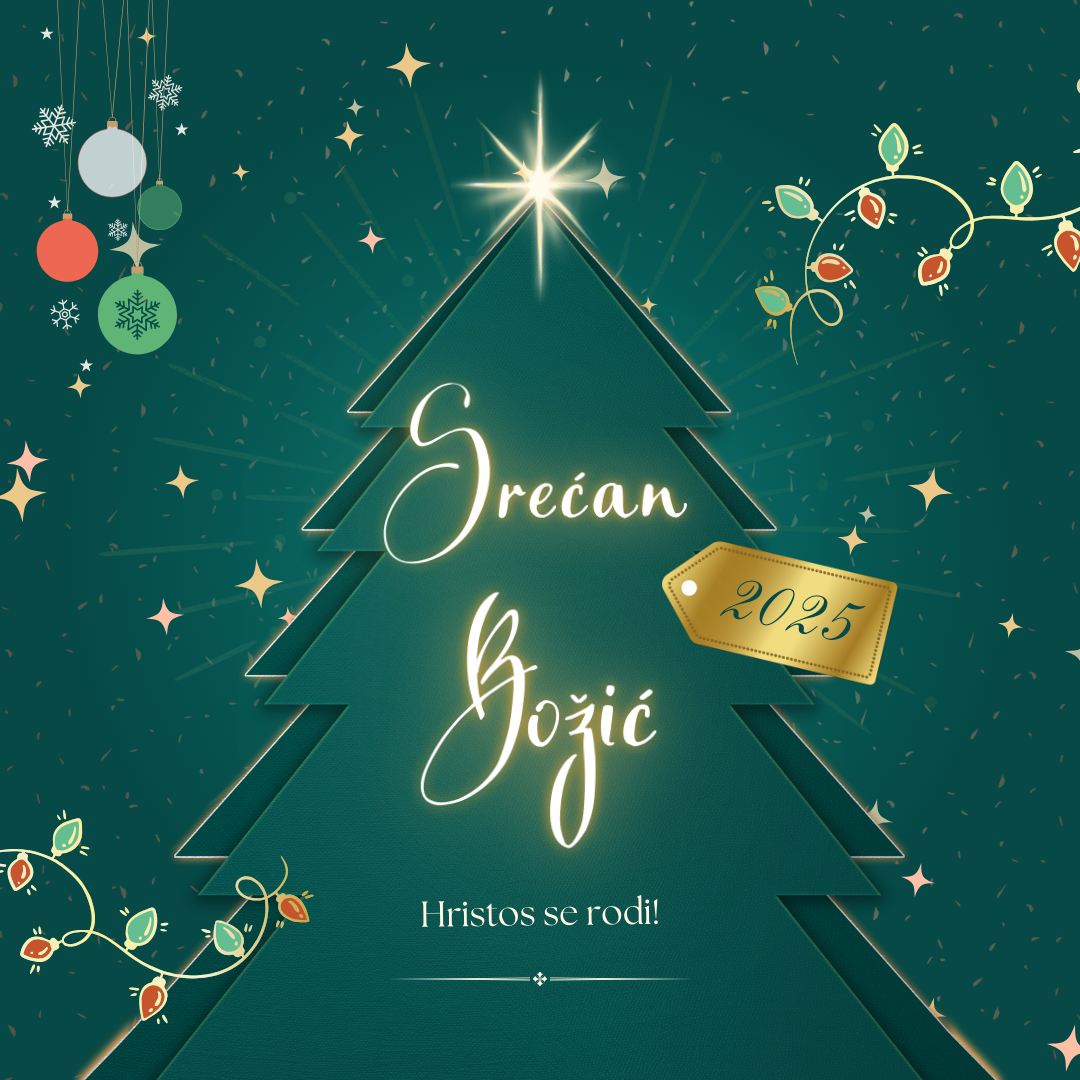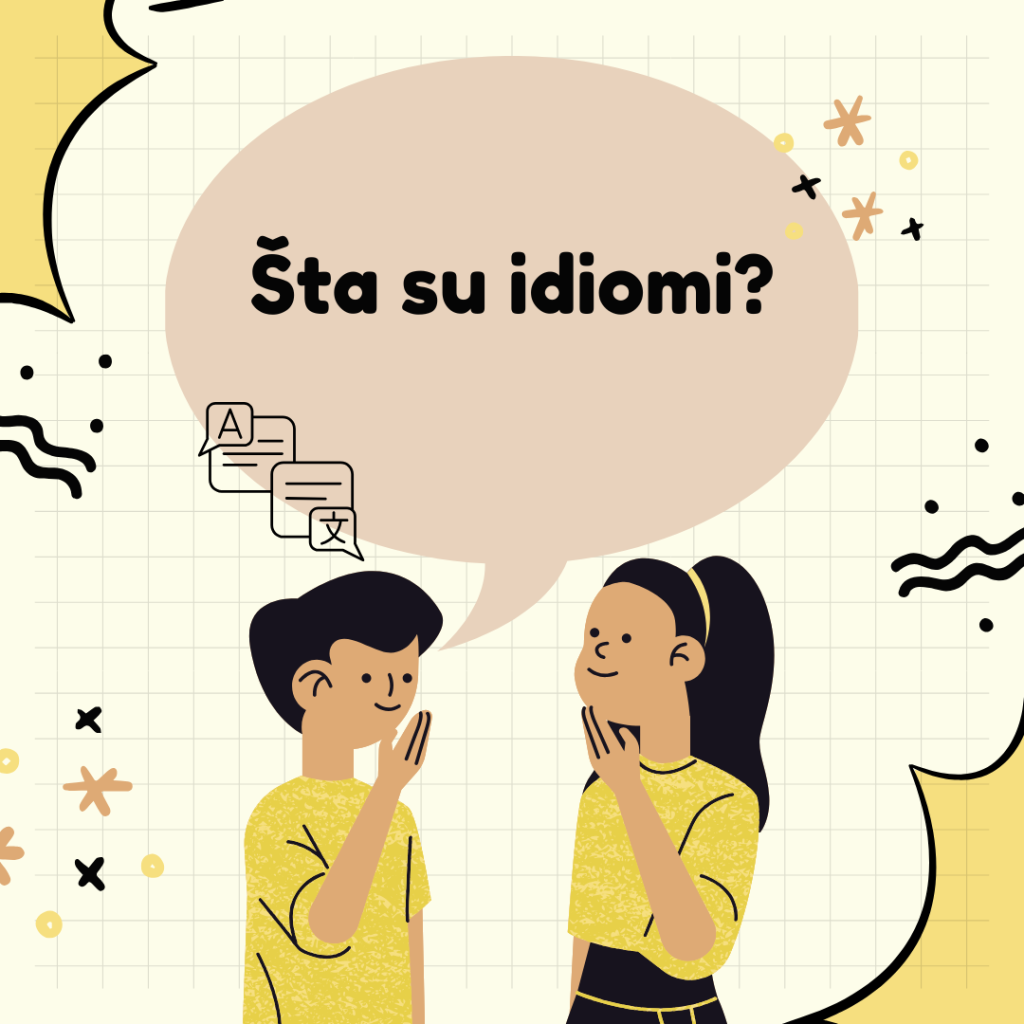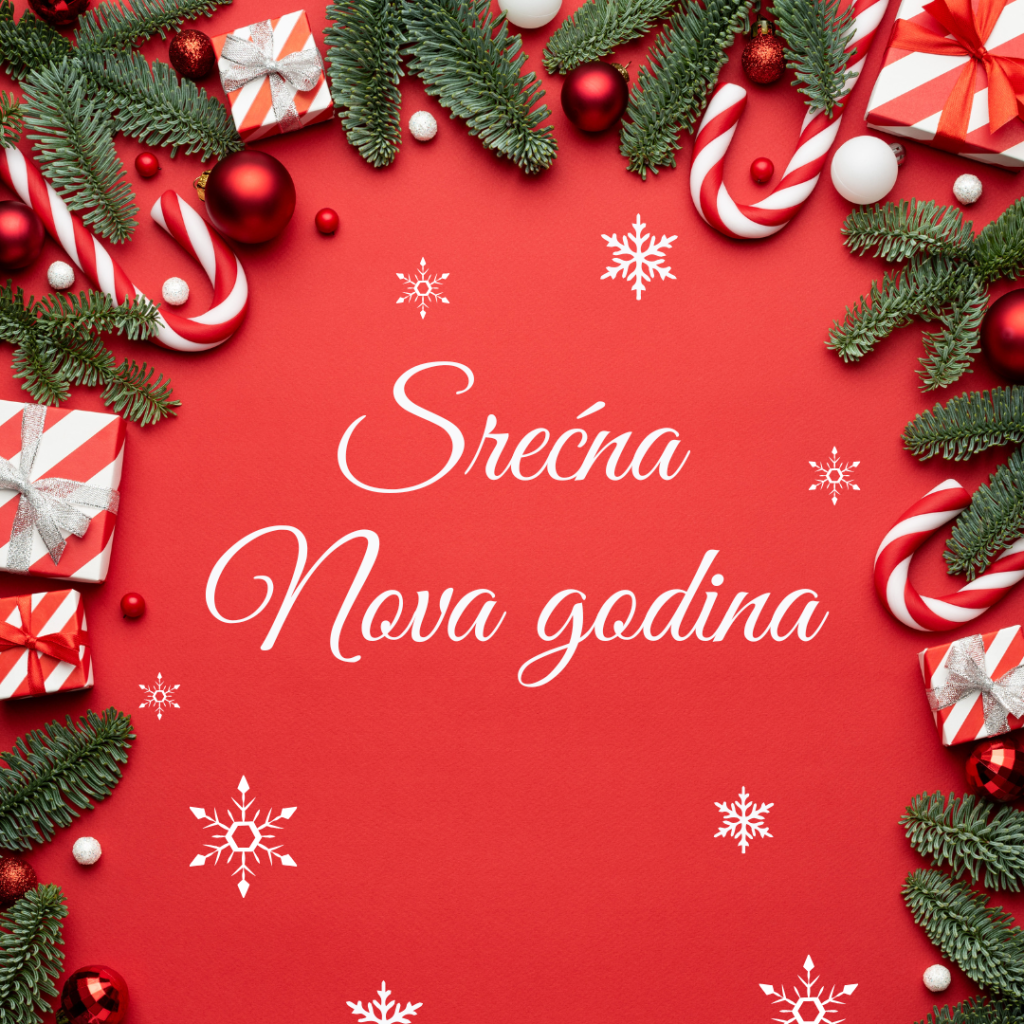
All Orthodox Christians, including Serbian people, celebrate Christmas on the 7th of January. A week after the clock strikes midnight and Serbians cheer for the start of the New Year, they mark the birthday of Jesus Christ. In this blog post, we will focus on 10 of the most interesting Serbian Christmas traditions you should know about if you want to partake in their culture.
Badnjak
Badnjak is usually a branch from an oak tree that Serbian Orthodox people cut on Badnji dan (during the day of the 6th of January) and place in a fire in their house or yard on Badnje veče (at night of the 6th of January). It serves a ritualistic purpose to bring luck, love, money, and abundance throughout the year. Badnjak is supposed to burn during Christmas as well, where the first person to visit a family is supposed to hit it with a twig, or branch, while they send good wishes and abundance.
Česnica
Česnica is a homemade pastry made from wheat flour and baked on Christmas morning. Most of the time, the person making česnica places a coin in the dough, and the one that finds it while eating it is believed to have good luck and success throughout the year. So, if you partake in the ritual of spinning česnica with the host, and break off a piece of it to eat, be careful not to break your tooth on a metal coin.
Položajnik
Položajnik is a special guest who enters the host’s house early on Christmas morning, making them the first person to enter that house. Once položajnik enters, they greet the hosts with: Hristos se rodi (The Christ is born), approach the badnjak in the house and hits it while saying: Koliko varnica, toliko zdravlja, toliko sreće i veselja, koliko varnica, toliko parica (As many sparks, so much health, luck and happiness, as many sparks, so much money.). It is believed that due to the blessings of položajnik, the host family will be healthy and fulfilled throughout the year.
Midnight Liturgy
The midnight liturgy or the Christmas liturgy is held at midnight between the 6th and 7th of January, on the cusp of Badnje veče and Christmas. It is held in Orthodox churches all across Serbia and the world and symbolizes the coming of Christ. This holds a significant spiritual and emotional value among Serbian believers since it offers a bridge and connection between the people and Christ.
Fasting on Christmas Eve
It is a tradition that on the 6th of January, Serbian people fast, meaning they don’t eat any animal produce or meat (except fish) throughout the day. One of the most common meals people love to consume is fish paprikash or soup, grilled fish, pasta, baked beans, potato salad, or snacks like walnuts, hazelnuts, dried and candied fruits, etc. This symbolizes a sacrifice believers make to pay respects to the sacrifice Christ made for all people.
Spreading Straw Indoors
Spreading straw indoors, or unošenje slame in Serbian represents bringing straw into the home to recreate the setting in which Jesus Christ was born. It is typically spread on the floor of the dining or living area where the family gathers for Badnje veče to eat dinner. Nowadays and in more urban areas of Serbia this custom is not as common, yet people frequently bring small bundles of straw and put it around their Christmas tree or underneath their dining table.
Carol Singing, or Kolede
Kolede are Christmas songs or carols that children sing around this holiday, most of the time on the evening before Christmas. Children go from house to house, singing carols about happiness, health, and wellbeing, and in exchange, they get candies, snacks, money, or other gifts. Not only that, but the children get to dress up and put on costumes, which makes this tradition all the more endearing and exciting.
Christmas Greetings and Their Meaning
During Christmas, there are two main expressions people use countless times per day. They are:
| Expression in Serbian | Translation to English |
| Hristos se rodi! | The Christ is born. |
| Vaistinu se rodi! | Indeed he is born! |
| Srećan Božić! | Merry Christmas! |
Hristos se rodi ones use when they enter someone’s home or are the first ones to call on Christmas day. Vaistinu se rodi is how one responds to the first Serbian Christmas phrase in the table. Srećan Božić is a common phrase used to acknowledge Christmas, and most of the time, young people will use this last expression from the table, and leave out the greetings Hristos se rodi! – Vaistinu se rodi!
Feasting on Christmas Day
In contrast to fasting the day before Christmas, on Christmas day, Serbian people love to eat well, and a lot! Traditional dishes and foods like homemade soup, sarma, pečenje (pork or lamb meat), ruska salata (Russian salad/Olivier salad), dried fruit, česnica, cakes and cookies, and much more. So, if you get a chance to visit a Serbian Christmas feast, make sure your stomach is empty and prepared for some delicious food.
Further Learning Steps
With these 10 Serbian Christmas traditions, we are just exploring the tip of the iceberg. If you want to learn more about Serbian and Orthodox culture, as well as Serbian language and customs, you can check out our website, contact us for more information, and join our group classes! Let’s embark on this adventure together!


